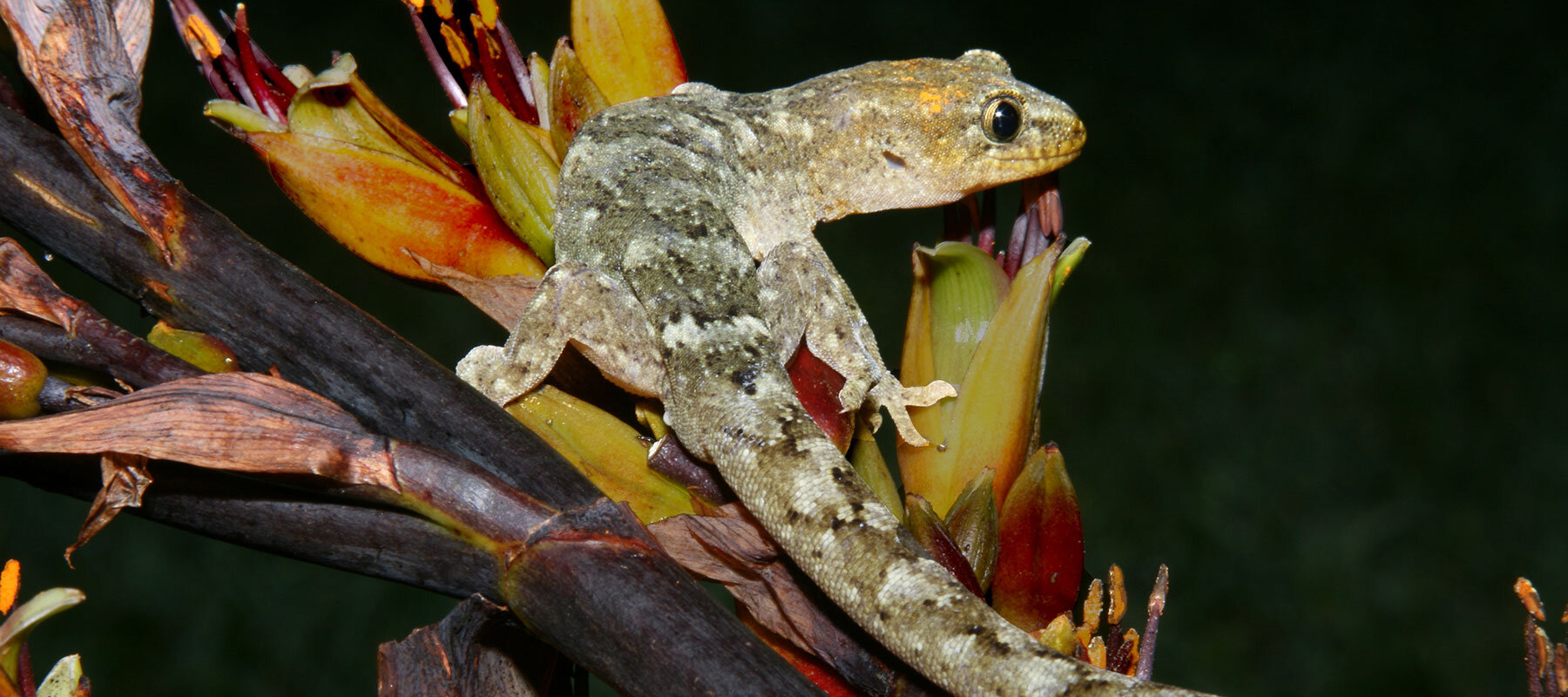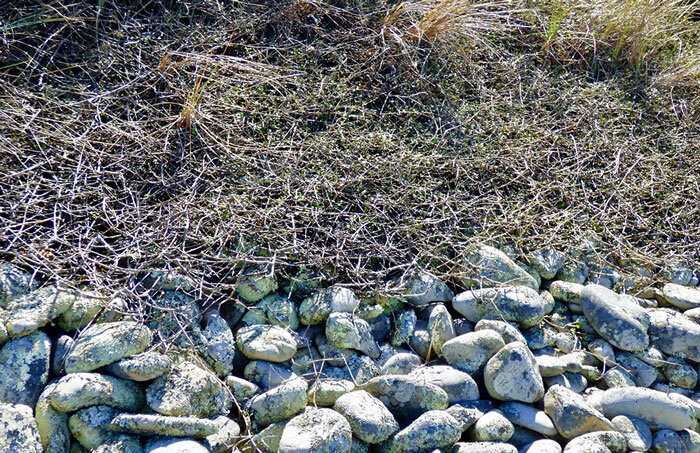
Mokomoko – lizards live here
Aotearoa has two families of lizards – geckos and skinks.
Both can be found on the Kāpiti Coast.
Lizards need our protection
There are over 100 different species of lizards but we don’t often see them now. Many are eaten by cats, rats, mice, birds, stoats, weasels and hedgehogs. There are also fewer safe places for lizards to live.
You can help by making lizards gardens for skinks and geckos and keeping other animals away from them.
Lizards like to blend in
Lizards can be highly variable in colour and pattern. Each lizard has its own individual pattern. Most lizards try to blend with their natural environment and freeze when predators are around, making them hard to see.
The lives of lizards
Lizards can grow up to 15 cm in length and sometimes live for over 50 years.
Lizards eat insects, spiders, small berries and nectar.
Lizards can drop their tails when attacked by predators. They can regrow a new tail, but it will be shorter and look different from the original.
Spot a gecko
Wide head, narrow neck
Large eyes – cannot blink
Stout legs, wide toes
Loose skin, looks scaly
About geckos
Most live in trees or under wood or rocks
Most geckos are nocturnal but green geckos are active during the day
Their feet are adapted to climb on smooth surfaces,
even upside downThey lick their eyes to clean them
New Zealand geckos give birth to live young, most often two
Geckos shed their skin as they grow – sometimes you can find whole skins
Geckos can bite. Some geckos make a barking sound to frighten off predators.
Spot a skink
Long, snake like body
Small eyes that can blink
Short legs, narrow toes
Smooth shiny skin
About skinks
Live on the ground in grass or on warm rocks
Most skinks are active in the daytime but some species are nocturnal
Most New Zealand skinks give birth to live young – usually 3-5
Skinks shed their skin in flakes
Skinks can bite
Visit the Whareroa Farm Cairn to see our developing lizard garden.
You can help
Leave lizards alone. It’s easy for them to drop their tail,
but they need it for climbing and running fastTrap pests – rats, mice, cats, hedgehogs, weasels and stoats
eat many of our precious lizardsTake photos and send to the Department of Conservation
for identification and to add to their databaseYou cannot keep lizards as pets. DoC requires you
to have a permit to handle lizards
Make a lizard garden
Find a secluded sunny spot
Plant thick ground cover
Add rocks, stones and logs for hiding places
Plant berry or nectar producing species – fruit to eat, flowers to attract insects and provide nectar
Look at our lizard garden at Queen Elizabeth Park for plant and habitat ideas
Be patient – let the lizards find you.









